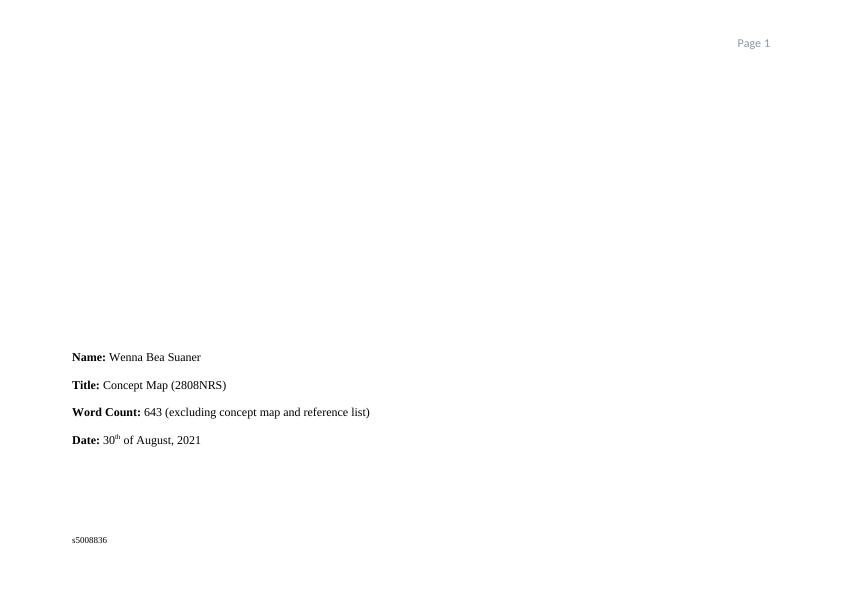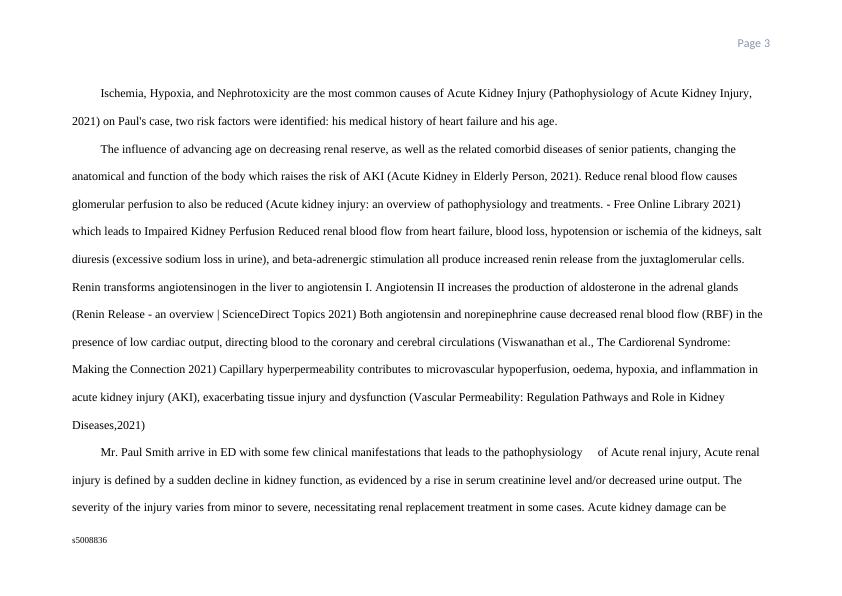2808NRS Human Pathophysiology and Pharmacology Assignment
Added on 2021-10-01
6 Pages1335 Words86 Views
End of preview
Want to access all the pages? Upload your documents or become a member.
Role of RAAS in Cardiovascular System | Essay
|5
|1258
|25
Pathophysiology of Congestive Heart Failure
|12
|2522
|61
The Symptoms of AIHF
|8
|1779
|33
Case Study on Pathogenesis of Clinical Manifestations, Nursing Strategies and Mechanism of Two Drugs for Heart Failure Patient
|9
|2179
|269
Diagnosis Renal Failure Stage
|7
|1948
|37
Chronic Kidney Disease: Case Study and Discussion
|5
|1570
|166


